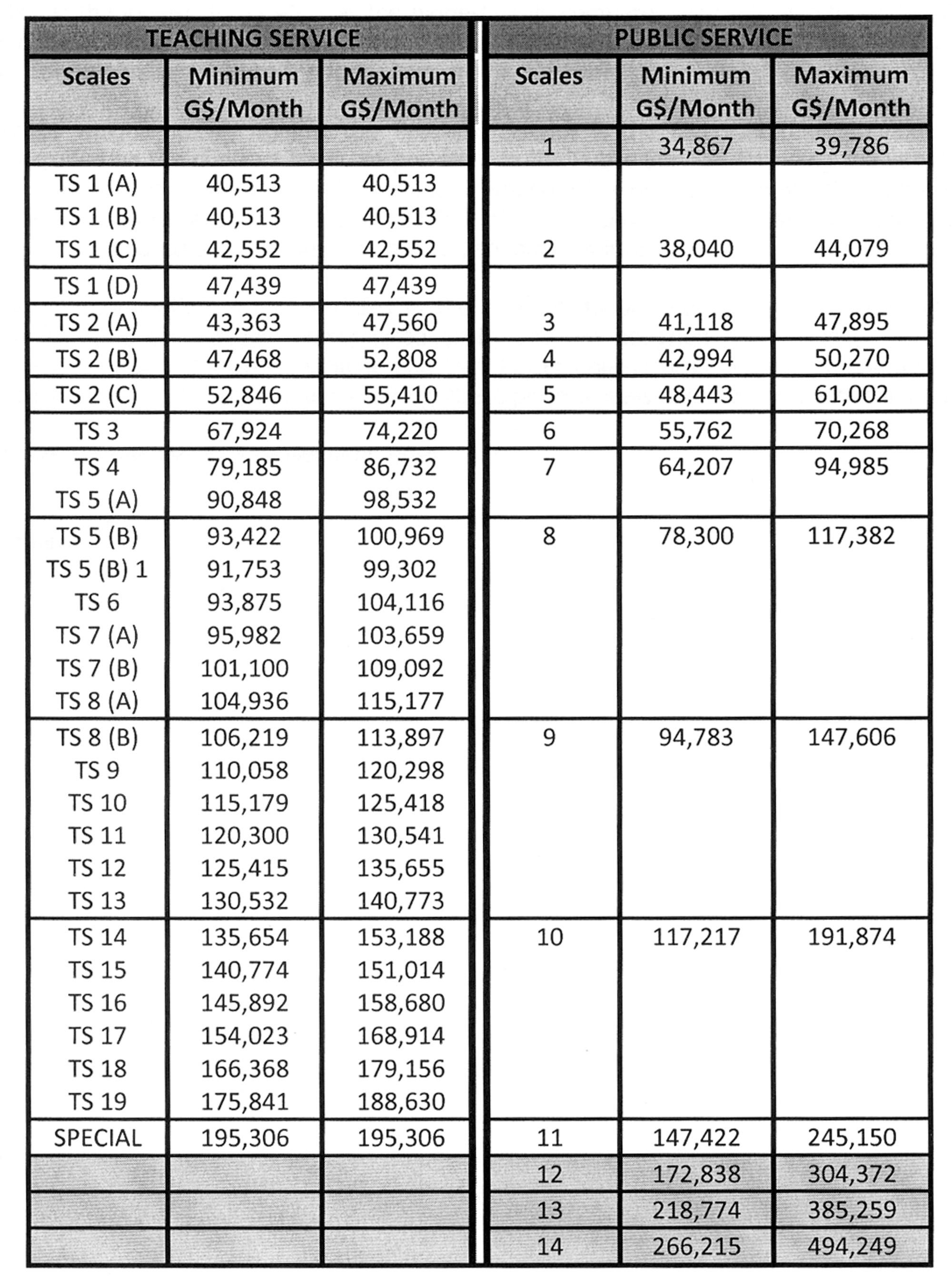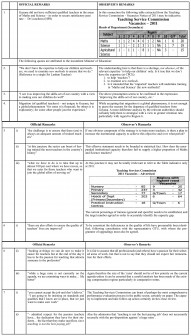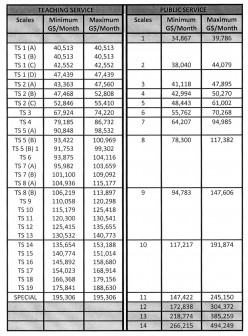Dear Editor,
In a very recent publication there was a report on the incumbent Education Minister’s approach to improving the standard of teaching, specifically ‘Maths’ and ‘Science,’ and adverting to the importation of teachers to ‘help’ in these specialist areas.
For starters the following is a quick reaction to remarks highlighted in the report.
The complex conditions of teaching service
Temporaries
Apart from the respective categories of Teacher Aide and Acting Teacher, (it is understood that the position of Pupil Teacher is now practically defunct), there are at least two grades of Temporary Teacher: i) Unqualified and ii) Qualified. In each case provision is established in the Teaching Service Commission’s structure for the incumbent to remain temporary for up to more than ten years, while still (in theory) earning increments in the relevant salary scales. Yes ‘temporaries’ in fact have applicable salary scales – a fact which disproves their formal status, which hopefully is pensionable.
Increments within the scales relate to service as follows:
– Under 2 years
– Two years but under 4 years
– Four years but under 6 years and continuing at the same intervals up to ‘ten years and over’
Comparative salary scales in the teaching service and public service (from January 1, 2011)
Note: Table does not include across-the-board increase announced late in 2011
The TSC job and salary structure
The above is only a sample of the complexity of the compensation regime which was so scrupulously over-designed as to defeat the attainment of the incentive objective indicated in the structure.
It is critically important for stakeholders to be apprised of the TSC Grade Structure as reflected in the Table below which includes comparison with the Public Service Job Structure of 14 Grades.
What must be noted in the above comparison is the substantial differentiation in the width of the respective scales. In the case of the TSC scales the width (between minimum and maximum) ranges from 4.63% at the lowest, to 11.45% at the highest. This compares with PSC widths of 12.36% at the lowest and 39.86% at the highest. When such a differentiation appears in the same Ministry of Education, how cannot a ‘raise’ be a priority item on the agenda?
What perhaps weighs heavily against the teaching service is the fact that their membership is not currently recruited on the contract basis, so prevalent in the public service, including the very Ministry of Education. Contract employment usually includes remuneration over and above the statutory scales, supplemented by gratuity at the rate of 22.5% of salary payable every six months – immediate gratification, as compared to a teacher who has to patiently await retirement.
The palpable discrimination is compounded in the case of donor-funded projects where many of the recruits are selected on a highly personalised basis, and are assigned non-specialist tasks at values superior to those of heads of Queen’s College and Cyril Potter College of Education – a shameless derision of the contribution expected of, and achieved by, these professionals and their respective institutions.
Yours faithfully,
E B John





